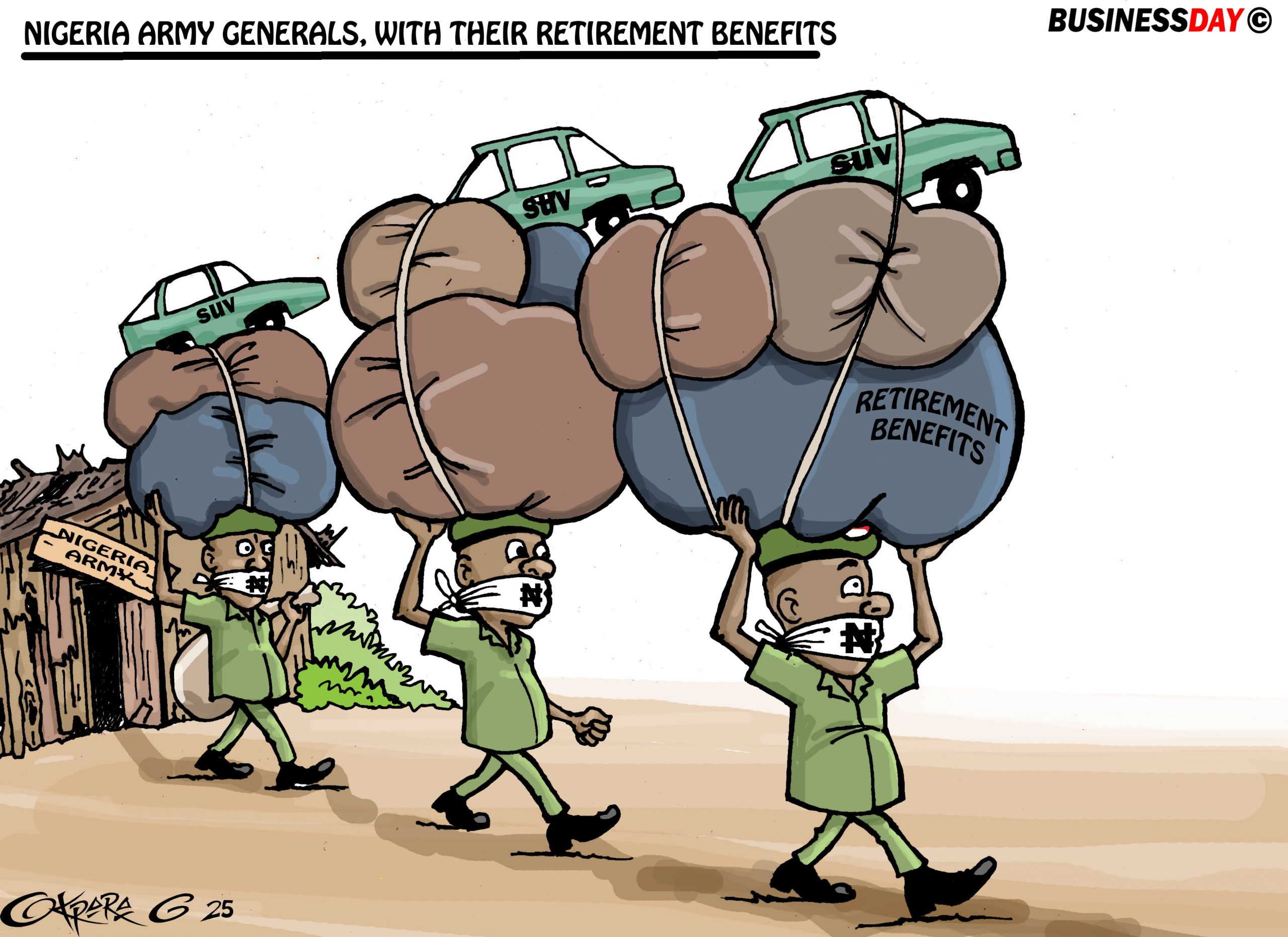An uneasy wait lies ahead for the Union Finance Minister as she approaches the dates that will also draw to a close the third quarter (October – December) of the current fiscal year.
The Finance Minister, Nirmala Sitharaman’s team fervently hopes that the GDP numbers will show a substantial improvement from the sharp dip of 5.4 per cent in the second quarter on the back of better public expenditure. This is because they dread that it would not be sufficient to scale up the numbers enough to douse the sudden buzz around the downgrade of GDP forecast for FY25 to as low as 6 per cent.
Sitharaman believes that the GDP slowdown in the Q2 is not systemic, but due to a mere absence of activity in terms of public and capital expenditure. While she is right about these activities picking up in the coming months, economists quote a number of global and structural issues that threaten to dampen India’s growth prospects in the new year.
Besides the already existing conditions of low growth in household earnings, high food inflation and consequently lower savings rate, it remains to be seen how the US formulates its tariff regime.
According to DK Srivastava, Chief Policy Advisor at EY India, the Q2 slowdown reflected a ‘negative shock’. “This was largely due to a fall in growth in gross fixed capital formation and in private final consumption expenditure.”
The fall in these growth rates was 2 per cent points and 1.5 per cent points respectively from their corresponding Q1 2024-25 growth levels. “This was also reflected in the slowdown in the growth of industrial segments of GVA, especially mining and quarrying, manufacturing, electricity et. al and construction,” he said.
Capex, credit, consumption
Debopam Chaudhuri, Chief Economist of Piramal Group, attributes the steep drop in growth to the sharp decline in industry triggered by mass employment sectors like mining, manufacturing and even construction to depressed government capex, slowdown in bank credit and sagging global demand.
“Excess inventories across auto dealers, festive period price discounts on consumer goods, and lacklustre profits of listed consumer companies bear the testimony that slow job creation and consequent dip in consumption, particularly in non-metro regions, is restraining India to a sub-optimal growth trajectory,” Chaudhuri says.
Capital expenditure was ₹9.45 lakh crore in FY24 as against the budgeted ₹10 lakh crore. In the current fiscal, against the budget estimates of ₹11.11 lakh crore, just 42 per cent has been spent in April-October period, nearly 15 per cent lower than the corresponding period last fiscal.
“The slowdown in government expenditure was initially attributed to election-related delays. But the Central government is now focusing on fiscal consolidation, which is disappointing. Given that growth in private consumption and gross capital formation are still in the slow lane, the government could have waited for another year,” says Anil Kumar Sood, Professor at Institute for Advanced Studies in Complex Choices.
US tariff policy
D. K. Srivastava lists US tariff policy as the biggest challenge facing India’s growth trajectory. A suitable policy response and preparedness is a prerequisite for sustaining growth against any future shocks, he advices.
“With explicit announcements by US president-in-waiting about imposition of tariffs, India should prepare for suitable policy responses. If countries like China, Mexico and Canada are subjected to higher tariffs than India, India should be prepared to facilitate some of the switches of investment and economic activities from these countries to India,” he said.
Sood says adding to the global challenges are factors like low growth in household earnings, high food inflation and the consequent lower savings rate, which is reflecting in low private gross capital formation rates.
Low growth in household earnings provides no incentive for businesses to invest. High food inflation and increasing share of other non-discretionary expenditure items like transport and communication make it worse. “It is not surprising that household savings rates have declined and their indebtedness has increased,” he says.
Chaudhuri thinks restoring India’s economic growth to 7 per cent plus amidst raging geopolitical risks and unpredictable global political environment is a tough task for policy makers. “2025 is laced with difficult and tough decision-making on the international front,” he warns.








Leave a Comment